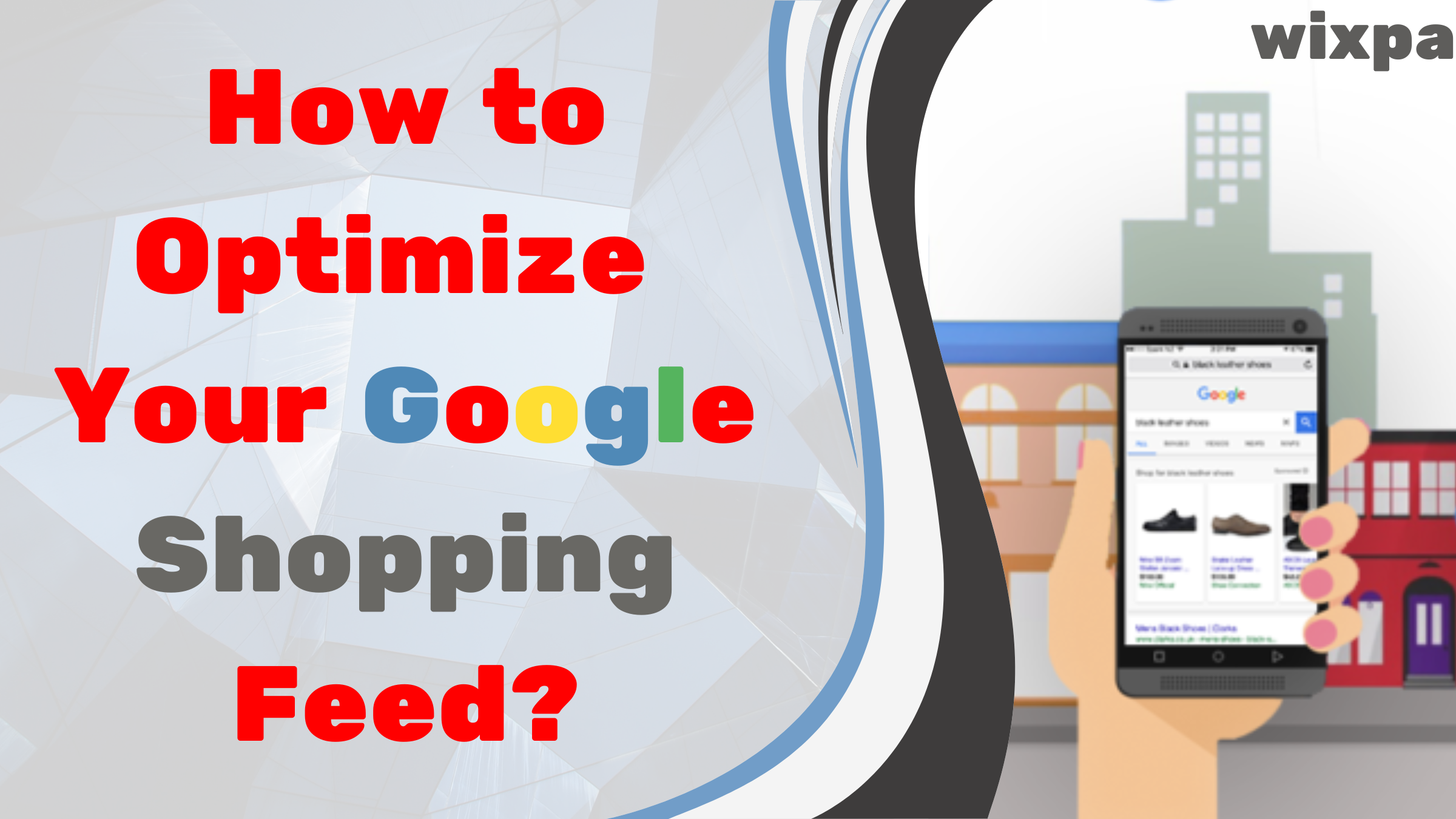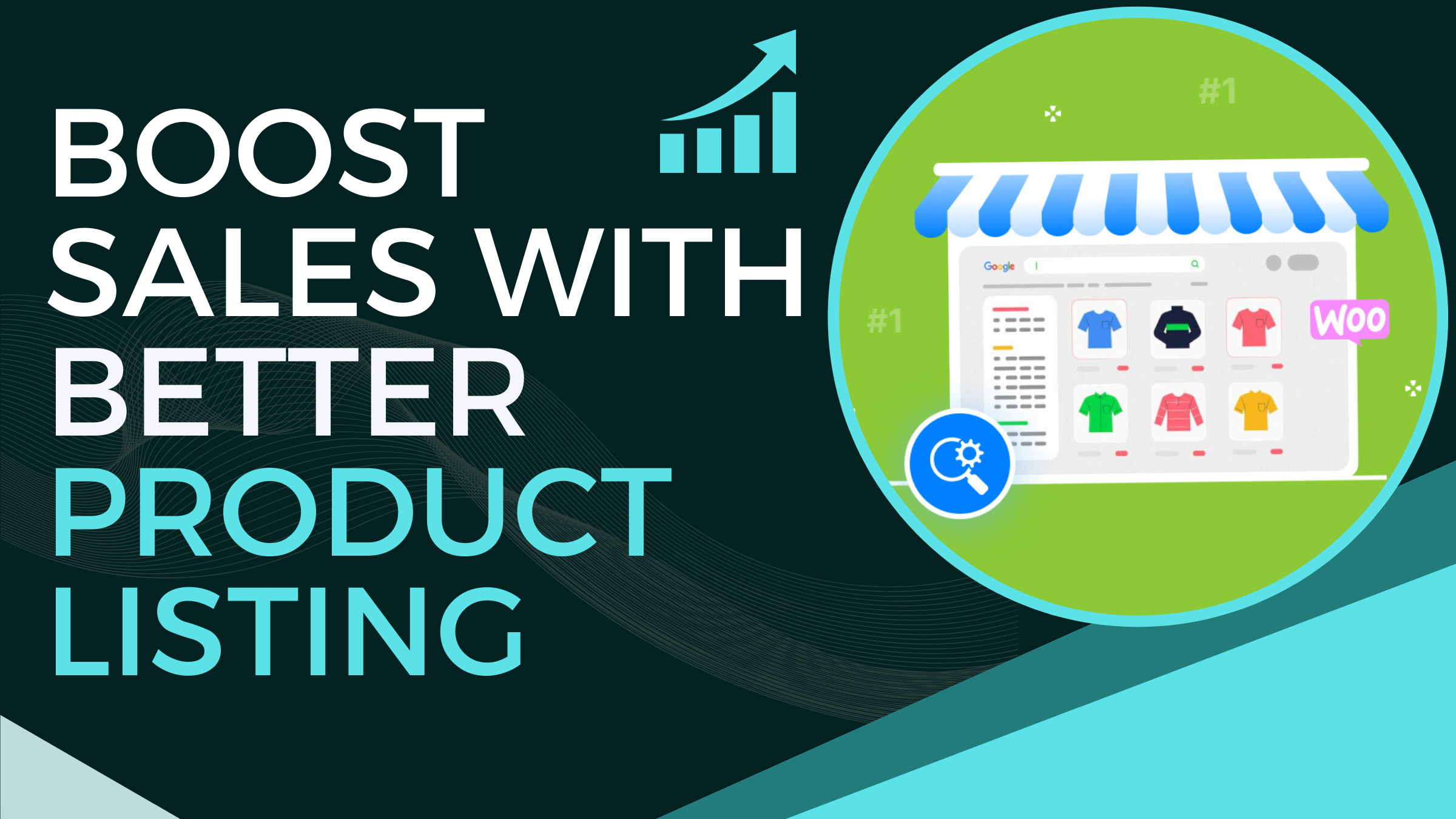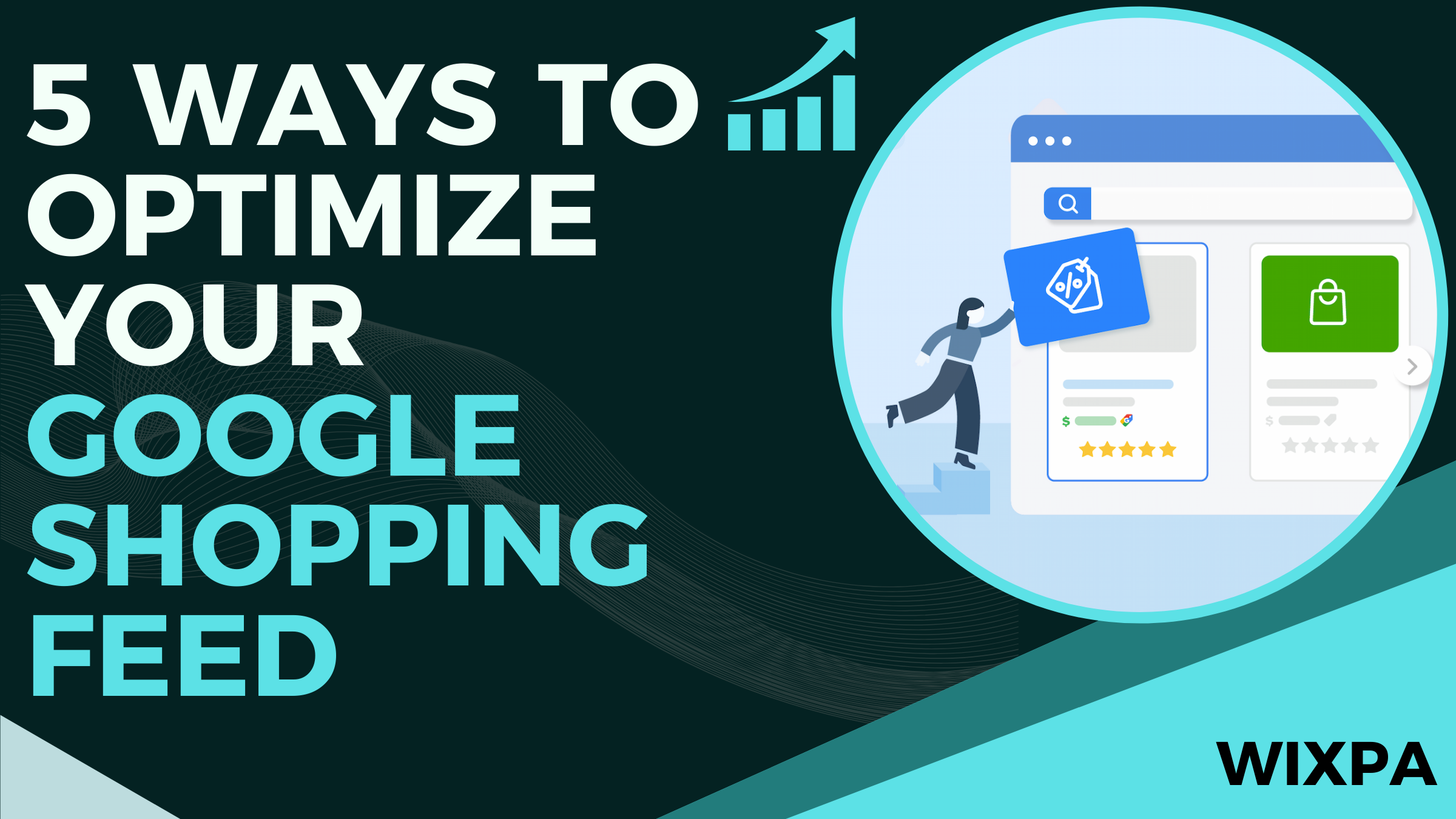How to Optimize Your Google Shopping Feed?
Optimizing product feed attributes is vital to the success of any Google Shopping campaign. While some can be identified using GTINs MPNs or product details, other attributes, like color attributes should be explicitly specified to improve visibility in search results.
Local inventory feeds can help keep Google Shopping up-to-date, and tools such as DataFeedWatch make managing these supplemental feeds simple.
Optimize your feed to increase visibility
Google Shopping feeds provide retailers with a powerful marketing tool to reach potential shoppers searching for specific products. To drive performance and attract the appropriate customers, retailers must optimize their feed to drive performance and attract the appropriate ones.
Utilise keywords that match shopper searches in your product descriptions to increase visibility, which in turn increases clicks and conversions.
GTINs (Global Trade Item Numbers) in your product feed will help Google better match them with other product feeds and deliver relevant search results for them. Also, make sure that images contain alt text – this will aid Google’s algorithms in finding your products more quickly!
Optimize your product descriptions
Product descriptions that are optimized will allow customers to more quickly discover your products while providing essential details for an informed purchase decision.
Not all fields in a Google Shopping Feed are required; others are essential for increasing product visibility. Required fields include ID, Title, Image Link URLs, Price Range/Availability Statuses/Brand. Important optional attributes include product_type and Google Product Category Names/Categories.
WakeupData offers solutions designed to make it easy and effective to create local inventory feeds – they update and supplement primary feeds with up-to-date product stock, pricing, and more information that ensure that ads always reflect accurate inventory levels and pricing, improving performance and increasing ROI. WakeupData’s feed marketing solutions enable easy creation of these additional feeds.
Optimize your product images
Image quality can make or break your success on Google Shopping, and optimizing them according to their requirements will increase visibility, boost engagement, and ultimately enhance ad performance.
For instance, when selling clothing it is essential to use high-resolution, professional photos that demonstrate trust-building measures and boast an appealing, cohesive design – this helps strengthen brand image.
Optimize your product titles
Product titles are an integral component of Google Shopping Ads and organic listings, serving not only to increase clickability but also as search relevance indicators by showing which keywords most resonate with shoppers.
Make sure your titles are accurate, and consistent and adhere to a standard formatting style. This may prove challenging if you operate multiple e-commerce platforms or employ different naming conventions for product attributes.
Optimizing product titles is an easy and quick way to increase exposure on the Google Shopping tab. By adhering to best practices, optimizing can increase rankings, attract more shoppers, and help boost conversions.
Optimize your product tags
Adopting advanced strategies for optimizing your Google product feed can boost conversion rates, quality scores, and marketing ROI – but this requires careful attention to detail and regular tweaks.
Make sure your product categories align with consumer search intent and product traits to increase visibility and sales. Spelling errors are unprofessional, can hurt SEO rankings, and could potentially lower profits.
Some product fields (like condition or availability ) have predetermined values; other fields allow you to customize. With Google Shopping Feed Optimization Tool you can ensure your data is accurate, up-to-date, and relevant for shoppers; also understand competitors’ tactics to optimize strategy; track product pricing to avoid undercutting or overbidding and monitor them to keep costs under control.
Optimize your product reviews
Google Shopping campaigns rely heavily on product feeds as the centerpiece, containing essential product data such as names, descriptions, prices, availability, and images for each of your offerings.
Product reviews and ratings play an integral part in the success of your Shopping campaigns. Shoppers depend heavily on these to make purchasing decisions, so having many positive ratings can help increase sales significantly.
Google Local Inventory Feed allows you to submit product details that are specific to your store, helping Google display accurate inventory and pricing information in ads. Custom labels allow you to optimize and organize the feed according to your business goals – for instance, creating audience segments or refining strategies.
Optimize your product pricing
Pricing optimization should be an integral component of your Google Shopping strategy, whether your goal is profit, customer retention, or both. Doing so can maximize product value while preventing overpayment for clicks and conversions.
Be clear about your intended goals when setting product prices – for instance, increasing profits, improving brand recognition, or meeting sales quotas may all be factors.
If your products are sold in multiple marketplaces, use the Marketplaces attribute of your feed to list each market by name or identifier and ensure its information stays current. This will enable Google to showcase them properly and increase the visibility of your offerings.




